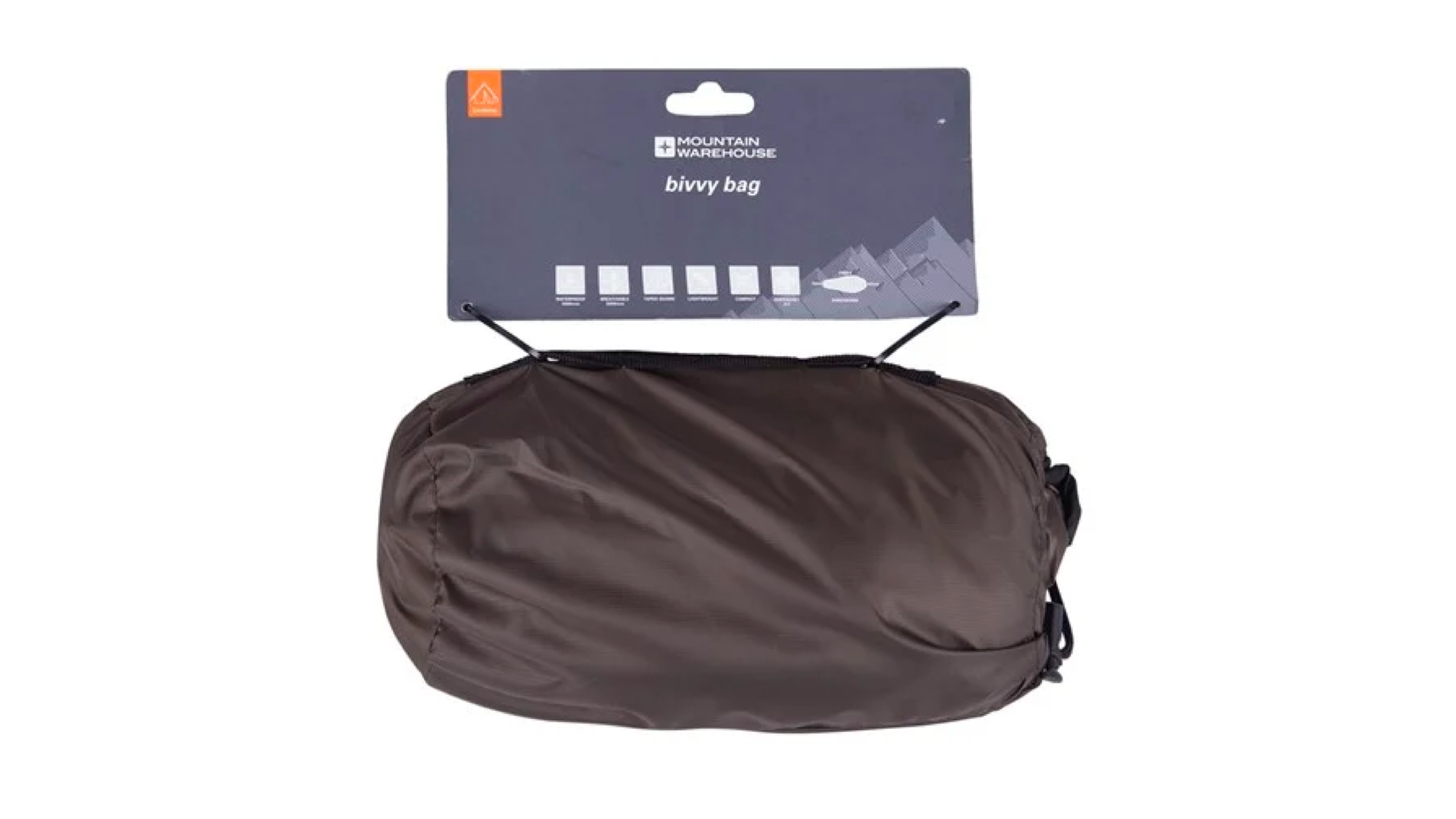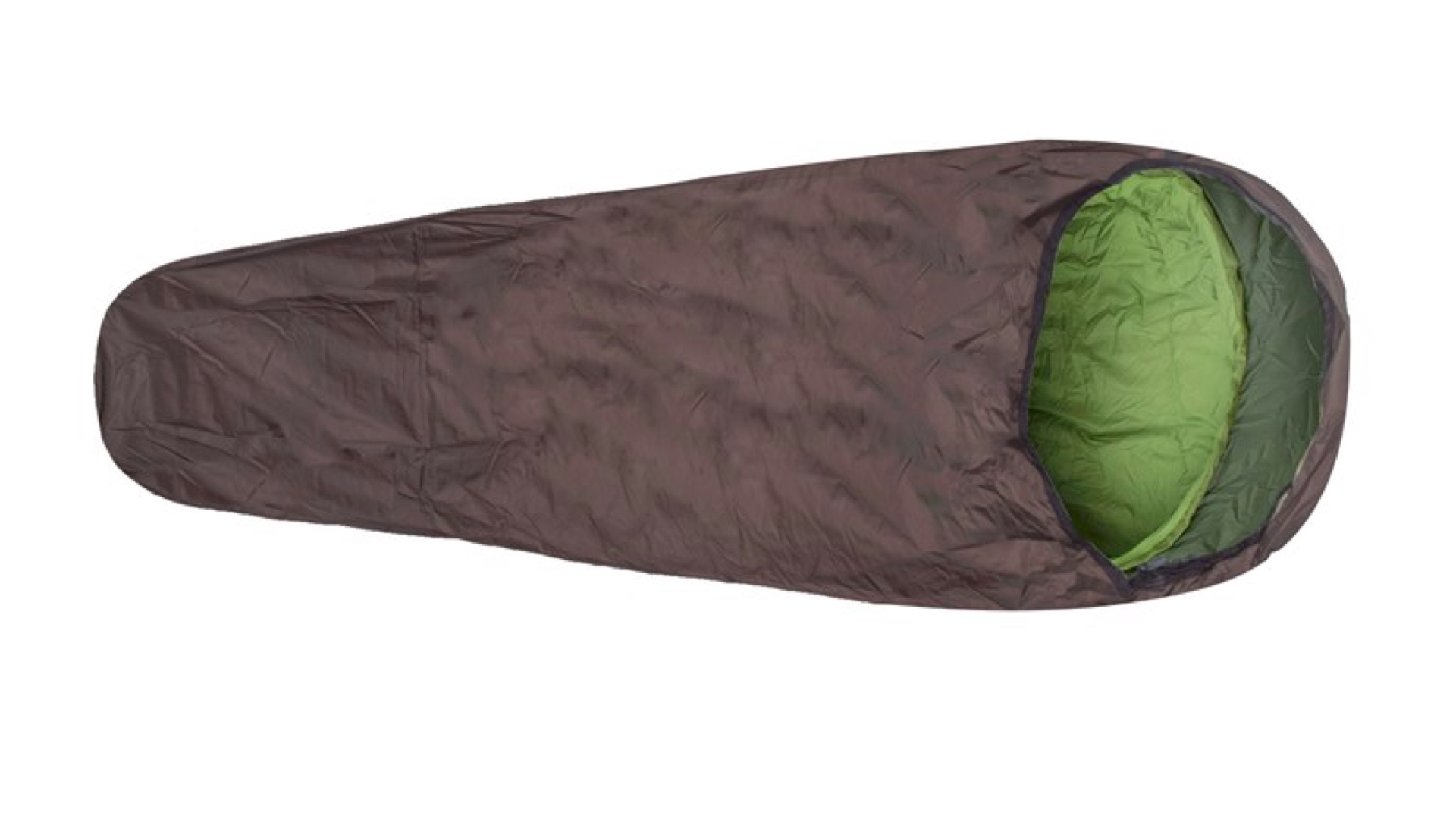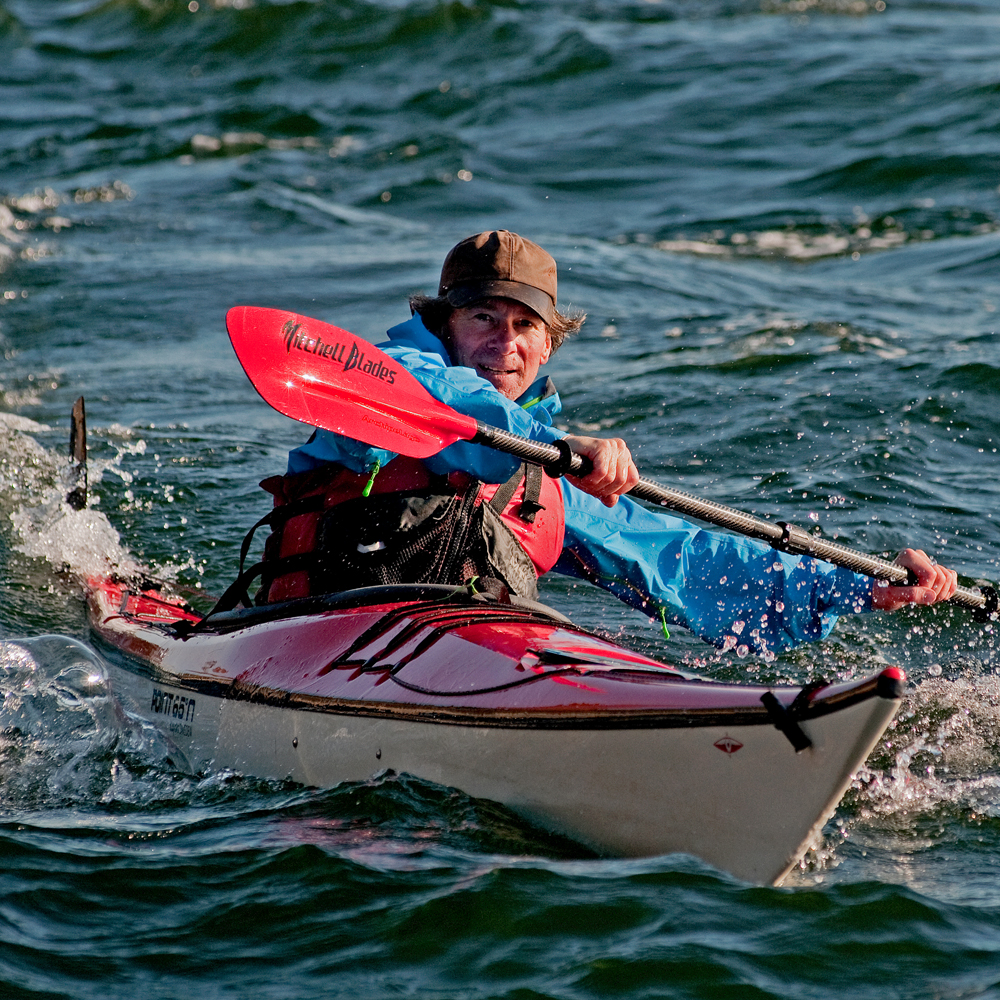Advnture Verdict
A simple, functional, weatherproof bivy that works well as an introduction to bivouacking.
Pros
- +
Entry-level bivy sack
- +
Taped seams for full waterproofing
Cons
- -
Low breathability
You can trust Advnture
Mountain Warehouse Bivvy Bag: first impressions
For those trying out bivy sack sleeping for the first time, the Mountain Warehouse Bivvy Bag (as they’re called in the brand’s native UK) is well-priced, and it will keep you dry in all but extreme conditions (we’d stick to using it in the more forgiving summer months, o be honest).
• RRP: £39.99 (UK) / Currently unavailable in the US
• Weight: 340g / 12oz
• Length: 225cm / 88.5in
• Width (shoulder & foot): 75cm & 75cm / 35in & 35in
• Materials: Polyester
• Mouth Closure: Drawstring hood
• Features: Taped seams, separate stuff sack
• Colors: Green
The breathability rating of its fabric might not shift huge amounts of condensation, but for a night or two out on a beach or on lowland hikes it’ll do the job if used in combination with a sleeping pad for insulation and a sleeping bag that doesn’t mind getting a little damp.
In may respects, its simplicity is exactly what’s needed in a bivy sack: it’s big enough to move around in, has a drawstring hood and is forest green in color – ideal for a low-profile sleep-out
Mountain Warehouse Bivvy Bag: in the field

The sizing of the Mountain Warehouse Bivvy Bag made it easy to push my pad and sleeping bag inside, and there is good length for storing a bit of kit at the hood end.
The drawstring works smoothly enough, and it puckered the closed hood down to small breathing hole, which is what’s needed. Taped seams and the fabric provide more waterproofing than breathability, but protection from the weather is what bivy sacks are primarily about.
There’s a small tab at the top of the mouth, which I use to tie a cord up to a tree branch and create more condensation air-space inside when needed. And that’s the thing with a simple sack: it’s possible to enhance its performance by using bushcraft skills like site selection to avoid damp hollows and utilizing natural features for added protection.
After a wild childhood in west Cork, Jasper Winn began embarking on long cycles, walks, horse journeys and kayak trips across five continents – adventures he’s decanted into books, magazine articles, radio and television documentaries. Keen on low-tech but good gear, Jasper is an advocate of slow adventures by paddle, pedal, saddle, boot and sail. He has circumnavigated Ireland by kayak and cycled across the Sahara. Twice. Having ridden north-to-south across Algeria he discovered the only way to get back was to turn round and pedal north again.


